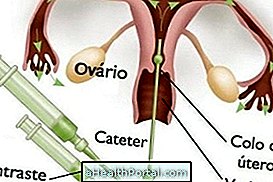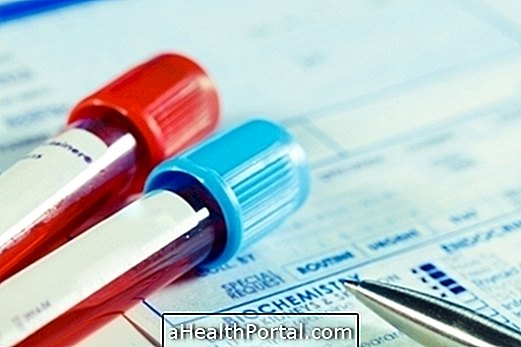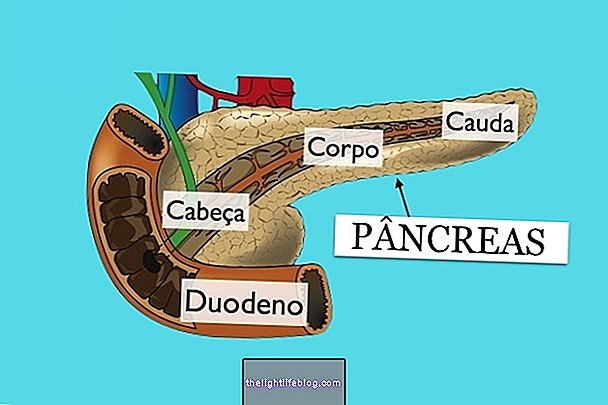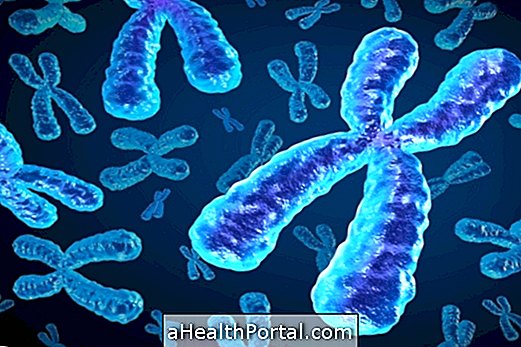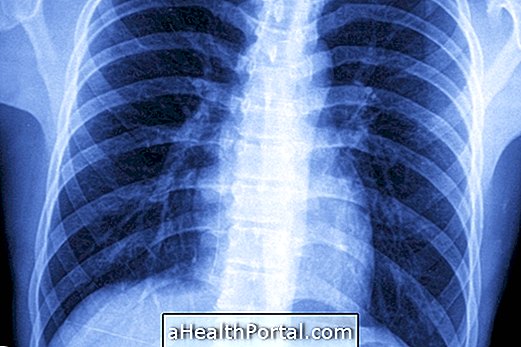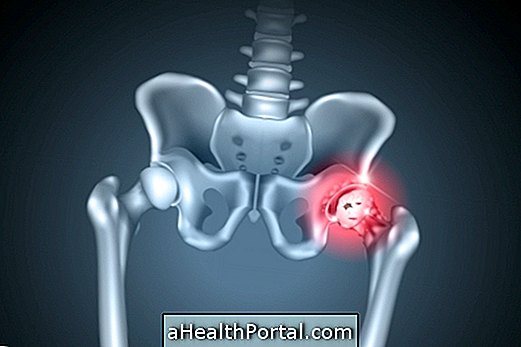The positive nitrite result indicates that bacteria capable of converting nitrate to nitrite have been identified in the urine and is indicative of a urinary infection, which should be treated with antibiotics such as Ciprofloxacin. Learn how the treatment for urinary tract infection is done.
Although urinalysis is able to identify the presence of bacteria in the urine both by the presence of nitrite and by observation under a microscope, a more specific urine test, the uroculture, is indicated as it is able to identify the presence of bacteria in the urine even if the nitrite is negative, in addition to informing the species and how it behaves against several antibiotics, indicating to the doctor the best form of treatment. Understand what uroculture is and what it is for.
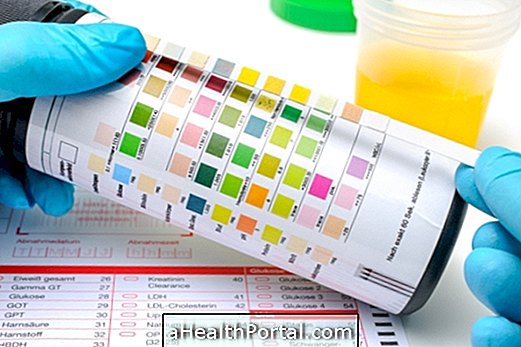
How is the exam done?
The test that allows the identification of the presence of nitrite in the urine is EAS, also called urinalysis type 1 or abnormal elements of the sediment, which is done from the analysis of the first morning urine. The collection should be done in a specific container provided by the laboratory and the hygiene of the genital area should be done, the first jet of urine should be scanned and the following collected. See how the EAS is done.
Some bacteria have the ability to convert the normally present nitrate normally into the urine into nitrite and is indicated on the reaction tape that is used to analyze this and other aspects of urine. However, even if the result is negative nitrite, it does not mean that there are no bacteria in the urine. This is because some bacteria do not have this capacity and are only identified when the urine is viewed under the microscope or from the uroculture, which is a more specific examination.
Usually, the diagnosis of urinary tract infection through EAS occurs when, in addition to positive nitrite, several leukocytes, red blood cells and bacteria are observed during observation under a microscope.
Treatment for positive nitrite
Treatment for positive nitrite in the urine test should be guided by a urologist or a general practitioner and is usually done with antibiotics such as Amoxicillin or Ciprofloxacin for 3, 7, 10 or 14 days depending on the medicine used, the dose and the severity of the infection.
However, when there are only changes in the urinalysis without symptoms, treatment may not be necessary, since the body may be able to fight infection. In these cases, the doctor will schedule a new urinalysis to evaluate the progression of the infection.
In the case of positive nitrite in pregnancy, the woman should consult the gynecologist or obstetrician to start treatment with the most appropriate antibiotic for pregnancy, such as Cephalexin or Ampicillin, since there is a greater risk of developing a kidney infection. See how treatment for urinary tract infection is done in pregnancy.



